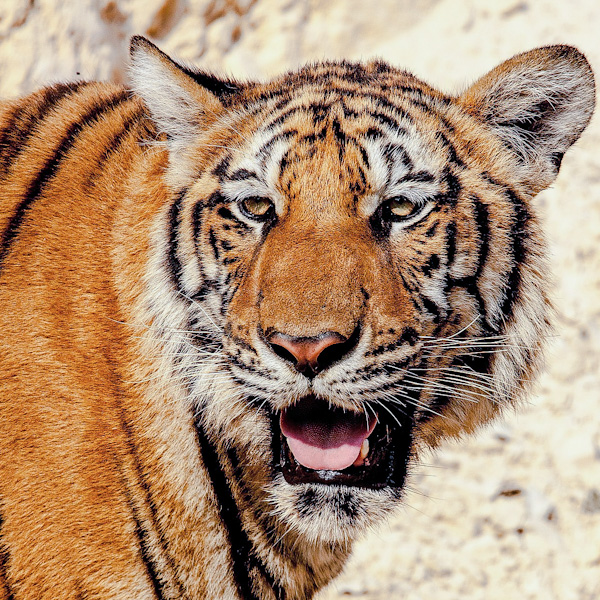When are tigers most active in the wild?
There would appear to be two factors which influence when tigers living in the wild are most active:
- Human activity
- Prey activity
Human activity
In a way this behaviour is reminiscent of the leopard. The tiger, in many parts of their range, have become totally nocturnal as a response to human activities. In other words, in areas where the human is active during the daytime, this has put off tigers being active themselves during the daytime and in order to avoid humans they have become nocturnal. It shows that tigers can be both nocturnal and daytime hunters.
It also shows us that tigers are wary of people and don't really want to get involved with them. This might surprise some people who think that tigers prey on humans. They don't. The human is not a prey animal for the tiger. Tigers have quite nice dispositions (character).
You will find that where tigers attack people it is often because they can no longer attack large prey animals (which they need to attack to survive) because they are injured in some way. They therefore go for an easier prey, the human.
 |
| Tiger hunting and killing an antelope. Image in the public domain (believed). |
Prey activity
My reference book on tigers, Wild Cats of the World summarises this section by saying the following:
"However, where they are undisturbed, they can be found hunting at any time of the day or night. In general, the tiger's activity patterns tend to mirror those of its major prey".
This makes sense. When prey animals are about and the tiger has a greater opportunity to attack prey animals and a greater chance of success in those attacks, they themselves will be active.
One observing scientist, Schaller, reported that (the words of those of Fiona Sunquist):
"Tigers were most active at night and rested from mid-morning to mid-afternoon, although an animal sometimes hunted throughout the day after an apparent unsuccessful night."
In Chitwan National Park (a major tiger reserve in Sonepur, Nepal) male and female tigers were active for about 10 to 12 hours per day. Most of their travelling was done at night. When it was very hot i.e. when daytime temperatures averaged around 36°C, tigers were less active and they often rested from the early morning until late afternoon in or near water or under dense cover.
When tigers live in protected places such as in one of India's tiger reserves, it causes the number of prey animals to increase and their habitat to be improved which results in them becoming more active during the daytime. Under these circumstances, tigers often hunt both during the day and at night.




Comments
Post a Comment
Please comment.